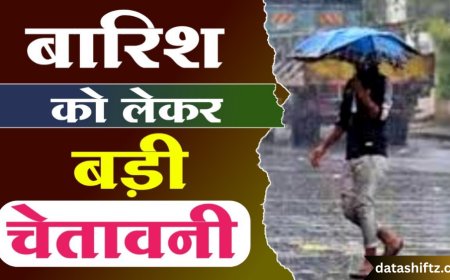US Government Shutdown: Causes, Impacts, and Implications

Introduction
A US government shutdown is a situation in which federal government operations are partially or entirely halted due to the inability of Congress and the President to pass funding legislation. These shutdowns can have far-reaching implications for government employees, public services, and the economy. While the US government continues to function under extraordinary circumstances, many non-essential operations are temporarily suspended, affecting millions of Americans.
In this blog, we explore the causes, processes, impacts, and historical examples of US government shutdowns. We also examine how they affect public services, the economy, and political dynamics, providing tables and lists to simplify the complex topic.
Understanding the US Government Shutdown
What Causes a Government Shutdown?
A US government shutdown occurs when Congress fails to pass appropriations bills or a continuing resolution (CR) to fund government operations. The federal fiscal year runs from October 1 to September 30, and failure to secure funding for government departments triggers a shutdown. Key causes include:
-
Political Gridlock: Disagreements between the House of Representatives, Senate, and the President over spending priorities.
-
Policy Disputes: Conflicts over specific legislation, such as immigration, healthcare, or defense spending.
-
Budget Delays: Inability to agree on annual budgets for various government agencies.
Key Causes of US Government Shutdown
| Cause | Description |
|---|---|
| Political Gridlock | Partisan disagreements between Congress and the President |
| Policy Disputes | Disagreement over specific policies or legislative priorities |
| Budget Approval Delays | Failure to pass appropriations bills or continuing resolutions |
| Fiscal Constraints | Limited resources and competing priorities |
Legal Framework
The Antideficiency Act of 1884 mandates that government agencies cannot spend money without Congressional approval. Any spending without legal authorization is considered a violation, making a shutdown legally necessary when funding lapses.
Types and Duration of Government Shutdowns
Full vs. Partial Shutdown
-
Full Shutdown: All non-essential federal services halt. Essential services like national security, air traffic control, and law enforcement continue.
-
Partial Shutdown: Only some departments or agencies lose funding, while others continue operations.
Duration
Government shutdowns vary in length from a single day to several weeks. The longest US government shutdown occurred from December 22, 2018, to January 25, 2019, lasting 35 days.
Examples of Recent US Government Shutdowns
| Year | Duration | Cause | Impact |
|---|---|---|---|
| 2013 | 16 days | Budget disagreement over ACA funding | Federal employees furloughed, national parks closed |
| 2018-2019 | 35 days | Border wall funding dispute | Delayed pay for federal workers, economic slowdown |
| 1995-1996 | 21 days | Budget impasse under Clinton administration | Government services disrupted, public dissatisfaction |
Key Departments Affected During Shutdown
-
National Parks and Monuments – closed or limited access
-
Federal Agencies – IRS, FDA, and EPA operations partially halted
-
Transportation – FAA operates with reduced staff, delays in air travel
-
Social Services – Reduced processing of welfare and unemployment benefits
-
Research Institutions – NASA and other federal research projects paused
-
Government Contractors – payments delayed, impacting business continuity
-
Federal Courts – some non-essential judicial proceedings postponed
Economic and Social Impacts
Economic Impact
Government shutdowns can significantly affect the US economy. Key consequences include:
-
Delayed Federal Payments: Employees, contractors, and grant recipients face delays in salaries and funding.
-
GDP Slowdown: Reduced consumer spending and halted government services can decrease economic activity.
-
Stock Market Volatility: Uncertainty regarding government operations can trigger market instability.
Social Impact
-
Federal Employees: Thousands of workers are furloughed or work without pay.
-
Public Services: Citizens experience delays in services such as visa processing, tax returns, and healthcare programs.
-
National Security: While essential services continue, some support operations are delayed, affecting overall efficiency.
Table: Economic and Social Effects
| Impact Type | Description |
|---|---|
| Economic | GDP slowdown, delayed salaries, contractor payment delays |
| Social | Reduced public services, delayed benefits, impact on citizens |
| Political | Increased partisanship, public dissatisfaction with government |
| Security | Essential services continue, but support operations may be affected |
Coping Strategies During Shutdown
-
Emergency funding for essential services
-
Encouraging federal employees to use leave or savings
-
Temporary contracting solutions for critical operations
-
Public communication on service disruptions
Conclusion
A US government shutdown highlights the critical importance of budgetary discipline, political negotiation, and governance. While essential services continue, shutdowns disrupt public services, federal employment, and economic stability. Understanding the causes, types, duration, and impacts of government shutdowns is essential for policymakers, citizens, and businesses alike.
These shutdowns not only affect the functioning of government departments but also shape public perception and political narratives. By fostering awareness and proactive planning, the government can mitigate the adverse effects of shutdowns and maintain operational continuity for citizens and businesses.




























